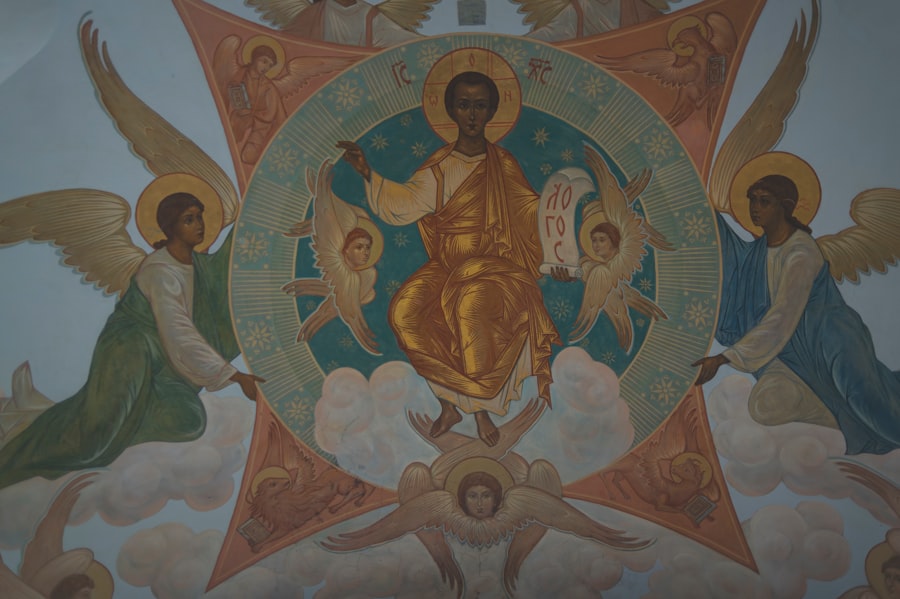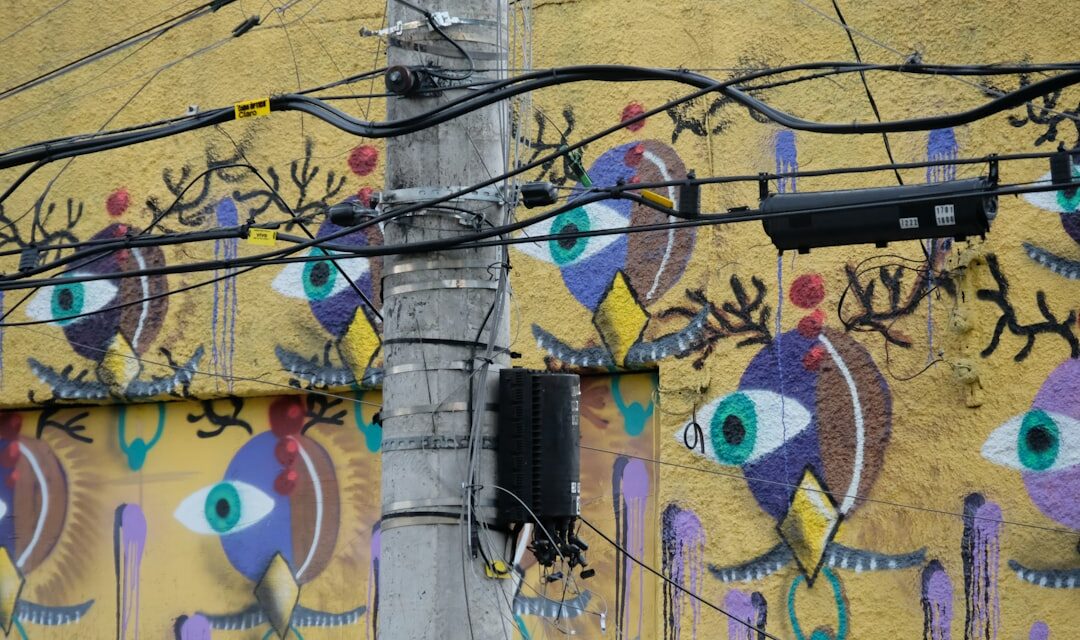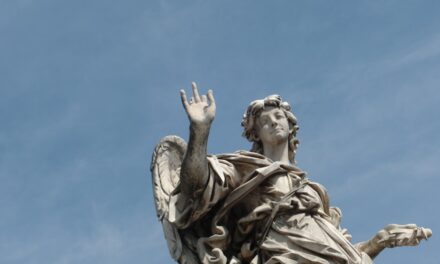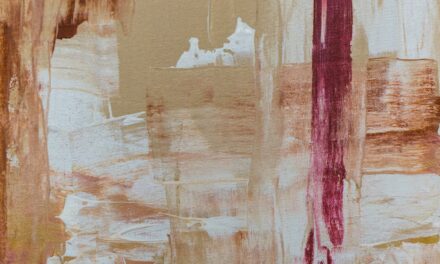Fresco painting, a technique that involves applying water-based pigments onto freshly laid wet plaster, has its roots deeply embedded in ancient civilisations. The earliest examples of this art form can be traced back to the Minoan culture on the island of Crete around 1500 BCE, where vibrant murals adorned the walls of palaces and public spaces. These early frescoes depicted scenes of nature, mythology, and daily life, showcasing the Minoans’ sophisticated understanding of colour and composition.
As the technique evolved, it spread across the Mediterranean, finding a particularly fertile ground in ancient Rome, where it became a dominant form of wall decoration. Roman frescoes often illustrated grand narratives and were used to convey the wealth and status of the elite, transforming domestic spaces into visual spectacles. The term “fresco” itself is derived from the Italian word “affresco,” which means “fresh.” This nomenclature reflects the fundamental principle of the technique: the pigments are applied to wet plaster, allowing the colours to bond with the wall as it dries.
This method not only ensures durability but also creates a unique luminosity that is characteristic of fresco paintings. The Renaissance period marked a significant resurgence in fresco painting, with artists such as Giotto and Michelangelo elevating the technique to new heights. Their works, characterised by intricate detail and emotional depth, demonstrated a mastery of perspective and human anatomy that would influence generations of artists.
The revival of classical themes and techniques during this time solidified fresco painting’s place in the canon of Western art history.
Summary
- Fresco painting originated in ancient Greece and Rome, and later became popular during the Renaissance period in Italy.
- The materials and tools for fresco painting include plaster, pigments, water, brushes, and a variety of tools for applying and manipulating the paint.
- Techniques and processes of fresco painting involve applying layers of plaster and pigments to a wall or ceiling, allowing the paint to bond with the surface as it dries.
- Famous fresco artists and their works include Michelangelo’s Sistine Chapel ceiling and Leonardo da Vinci’s The Last Supper.
- Preservation and restoration of fresco paintings require careful cleaning, stabilisation of the surface, and retouching of damaged areas by skilled conservators.
- Contemporary applications of fresco painting include using modern materials and techniques to create fresco-style murals and artworks in both traditional and innovative settings.
- Fresco painting has had a significant impact on art history, influencing the development of techniques, styles, and the use of narrative storytelling in visual art.
- Tips for beginners in fresco painting include practicing on a small scale, learning from experienced artists, and experimenting with different materials and techniques to develop their own style.
Materials and Tools for Fresco Painting
The Importance of Plaster
The primary component is lime-based plaster, which is applied in multiple layers to create a smooth surface for painting. The first layer, known as “arriccio,” is coarser and serves as a foundation. Once this layer has dried, a finer layer called “intonaco” is applied, which is where the actual painting occurs.
The Choice of Pigments
The choice of pigments is equally crucial; traditional fresco painters used natural earth pigments, such as ochres and umbers, which are mixed with water to create vibrant colours. These pigments are not only environmentally friendly but also possess a remarkable ability to withstand the test of time when properly applied.
Tools and Techniques
In addition to materials, the tools employed in fresco painting are essential for achieving precision and detail. Artists typically use brushes made from animal hair for fine work, while larger areas may be covered with broader brushes or sponges. A palette knife is often used to mix pigments and apply them to the plaster. Furthermore, artists may employ various techniques such as sgraffito, where designs are scratched into the plaster before it dries, adding texture and depth to the artwork. The combination of these materials and tools allows for a dynamic interplay between colour and texture, resulting in frescoes that are not only visually striking but also rich in historical significance.
Techniques and Processes of Fresco Painting

The process of creating a fresco is both meticulous and time-sensitive, requiring a deep understanding of materials and techniques. Initially, the artist must prepare the wall by applying several layers of plaster, allowing each layer to dry adequately before proceeding to the next. Once the final layer of intonaco is applied, the artist must work quickly; as the plaster begins to set, they must paint directly onto its surface while it remains wet.
This immediacy is what distinguishes fresco from other painting techniques; once the plaster dries, any mistakes become permanent, making precision paramount. Artists often create detailed sketches or cartoons beforehand to guide their work, ensuring that they can execute their vision within the limited timeframe. Moreover, fresco painting involves a unique interaction between pigment and plaster that contributes to its distinctive aesthetic.
As the plaster dries, it undergoes a chemical reaction with the lime that causes it to harden and bond with the pigments. This process not only enhances the vibrancy of the colours but also provides a level of durability that is unmatched by other painting methods. Over time, this chemical bond allows frescoes to withstand environmental factors such as humidity and temperature fluctuations, making them resilient works of art.
However, this same bond also means that any alterations or restorations must be approached with caution, as improper techniques can compromise the integrity of the original work.
Famous Fresco Artists and their Works
Throughout history, numerous artists have made significant contributions to the world of fresco painting, leaving behind masterpieces that continue to inspire awe today. One of the most renowned figures in this field is Michelangelo Buonarroti, whose work on the Sistine Chapel ceiling remains one of the pinnacles of Renaissance art. Completed between 1508 and 1512, this monumental fresco features scenes from Genesis, including the iconic “Creation of Adam.” Michelangelo’s ability to convey human emotion through his figures and his innovative use of foreshortening revolutionised fresco painting and set a new standard for artistic excellence.
His work not only showcases technical prowess but also reflects profound theological themes that resonate with viewers even centuries later. Another pivotal artist in the realm of fresco painting is Raphael Sanzio, whose contributions during the High Renaissance further enriched this art form. His frescoes in the Vatican’s Stanze di Raffaello (Raphael Rooms) exemplify harmony and balance in composition.
Notable works such as “The School of Athens” depict an idealised gathering of great philosophers and scholars from various eras, showcasing Raphael’s mastery in creating depth and perspective within his compositions. His ability to blend classical themes with contemporary figures exemplifies how fresco painting can serve as a bridge between different epochs in art history. Both Michelangelo and Raphael not only advanced technical skills but also infused their works with philosophical and cultural significance that continues to resonate with audiences today.
Preservation and Restoration of Fresco Paintings
The preservation and restoration of fresco paintings present unique challenges due to their inherent fragility and sensitivity to environmental conditions. Over time, factors such as moisture, pollution, and physical damage can lead to deterioration, necessitating careful intervention by conservators. One common issue faced by frescoes is efflorescence, where salts from within the plaster migrate to the surface due to moisture fluctuations, causing unsightly white stains that can obscure the original artwork.
To combat this problem, conservators employ various techniques such as dehumidification and controlled climate environments to stabilise conditions around the frescoes. Restoration efforts often involve meticulous cleaning processes that require a deep understanding of both art history and chemistry. Conservators may use gentle solvents or poultices to remove grime without damaging the underlying layers of paint or plaster.
In some cases, they may need to fill in areas where paint has flaked away or been lost entirely; however, this must be done judiciously to ensure that any additions do not detract from the original work’s integrity. The goal of restoration is not merely to restore visual appeal but also to preserve historical context and authenticity for future generations to appreciate.
Contemporary Applications of Fresco Painting

The Evolution of Fresco Painting
Many artists are experimenting with traditional methods alongside innovative approaches that incorporate contemporary themes and materials. For instance, some have begun using synthetic pigments or alternative binders that allow for greater flexibility in application whilst still adhering to traditional principles.
Fresco Painting in Public Spaces
This blending of old and new has led to a revitalisation of fresco painting as an expressive medium capable of addressing current social issues or personal narratives. Moreover, contemporary fresco artists are increasingly exploring public spaces as canvases for their work. Murals created using fresco techniques can be found adorning buildings in urban environments worldwide, transforming neglected areas into vibrant cultural hubs.
Community Engagement and Relevance
These large-scale projects often engage communities by reflecting local histories or addressing social themes relevant to residents. By bringing fresco painting into public consciousness in this way, artists not only honour its rich heritage but also demonstrate its relevance in today’s artistic landscape.
Impact and Influence of Fresco Painting on Art History
Fresco painting has had a profound impact on art history, influencing countless movements and styles over centuries. Its revival during the Renaissance marked a pivotal moment when artists began to explore humanism through visual storytelling on grand scales. The techniques developed during this period laid foundational principles for subsequent artistic movements such as Baroque and Neoclassicism, which further embraced narrative-driven compositions and dramatic use of light and shadow.
The emphasis on realism and emotional expression established by masters like Michelangelo and Raphael continues to resonate within modern art practices. Furthermore, fresco painting has inspired various forms of muralism across cultures worldwide. From Mexican muralists like Diego Rivera to contemporary street artists who utilise spray paint techniques reminiscent of traditional fresco methods, this art form has transcended geographical boundaries while maintaining its core principles rooted in community engagement and storytelling.
The enduring legacy of fresco painting serves as a testament not only to its technical brilliance but also its capacity for cultural dialogue—a quality that remains vital in today’s diverse artistic landscape.
Tips for Beginners in Fresco Painting
For those interested in embarking on their journey into fresco painting, there are several essential tips that can help facilitate a successful experience. First and foremost is understanding the importance of preparation; taking time to research materials and techniques will lay a solid foundation for your artistic endeavours. Beginners should start with small-scale projects using readily available materials such as lime putty or premixed plaster kits designed for ease of use.
Practising on smaller surfaces allows for experimentation without overwhelming pressure while honing skills necessary for larger works. Additionally, patience is key when working with fresco techniques; given their time-sensitive nature, it’s crucial to plan ahead carefully before beginning any project. Creating detailed sketches or cartoons beforehand can help streamline the process while ensuring accuracy during application.
Finally, embracing mistakes as part of learning will foster growth as an artist—each challenge presents an opportunity for improvement! By approaching fresco painting with curiosity and dedication while respecting its rich history, beginners can cultivate their unique voice within this timeless medium.
For those intrigued by the traditional art technique of fresco, a deeper appreciation can be gained by exploring the works of artists who excelled in this medium. A particularly relevant article that complements an understanding of fresco is An Introduction to the Artist Michelangelo Buonarroti. Michelangelo, a master of the Renaissance period, is renowned for his fresco paintings on the ceiling of the Sistine Chapel, which remain some of the most revered artworks in history. This article provides valuable insights into his life, techniques, and the profound impact of his work, enhancing one’s appreciation of fresco art.




